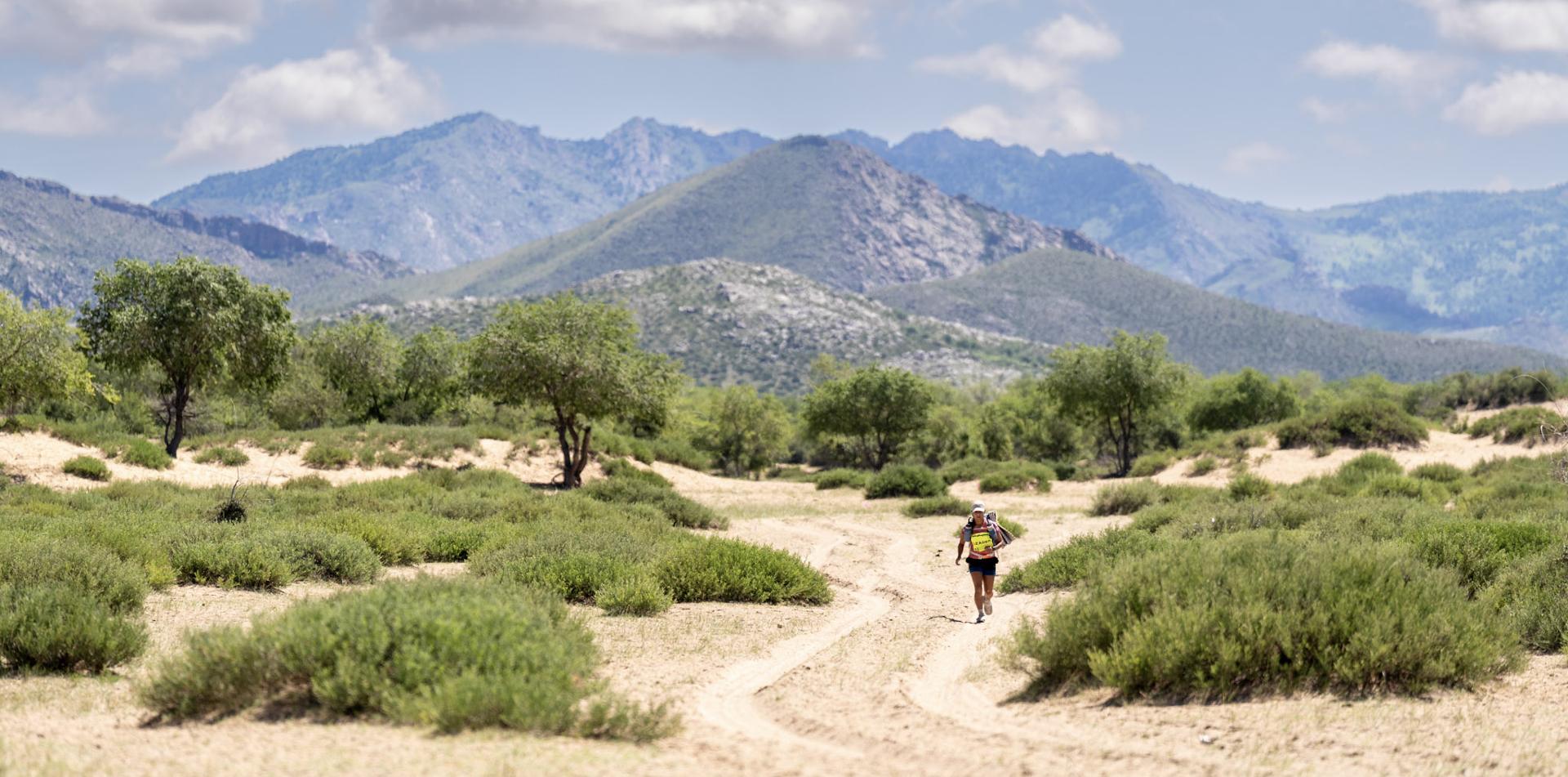Race Coverage

RACE Coverage
Orkhon Valley: A Cultural Landscape of Outstanding Universal Value
The 121,967-ha Orkhon Valley Cultural Landscape encompasses an extensive area of pastureland on both banks of the Orkhon River and includes numerous archaeological remains dating back to the 6th century. The site also includes Kharkhorum, the 13th- and 14th-century capital of Chingis (Genghis) Khan’s vast Empire. Collectively the remains in the site reflect the symbiotic links between nomadic, pastoral societies and their administrative and religious centres, and the importance of the Orkhon valley in the history of central Asia. The grassland is still grazed by Mongolian nomadic pastoralists.

The Orkhon Valley Cultural Landscape (OVCL) lies in the central part of Mongolia, some 360km southwest of Ulaanbaatar. The site covers 121,967 ha of grassland along the historic Orkhon River, and includes a buffer zone of 61,044 ha. The archaeologically rich Orkhon River basin was home of successive nomadic cultures which evolved from prehistoric origins in harmony with the natural landscape of the steppes and resulted in economic, social and cultural polities unique to the region. Home for centuries to major political, trade, cultural and religious activities of successive nomadic empires, the Orkhon Valley served as a crossroads of civilizations, linking East and West across the vast Eurasian landmass.

Over successive centuries, the Orkhon Valley was found very suitable for settlement by waves of nomadic people. The earliest evidence of human occupancy dates from the sites of Moiltyn Am (40,000- 15,000 years ago) and “Orkhon-7” which show that the Valley was first settled about 62,000-58,000 years ago. Subsequently the Valley was continuously occupied throughout the Prehistoric and Bronze ages and in proto-historic and early historic times was settled successively by the Huns, Turkic peoples, the Uighurs, the Kidans, and finally the Mongols.
At the height of its cultural ascendancy, the inscribed property was the site of historic Kharakhorum – the grand capital of the vast Mongol Empire established by Chinggis Khaan in 1220.

Within the cultural landscape are a number of archaeological remains and standing structures, including Turkish memorial sites of the 6th-7th centuries, the 8th9th centuries’ Uighur capital of Khar Balgas as well as the 13th-14th centuries’ ancient Mongol imperial capital of Kharakhorum. Erdene Zuu, the earliest surviving Mongol Buddhist monastery, the Tuvkhun Hermitage and the Shank Western monastery are testimony to the widespread and enduring religious traditions and cultural practices of the Northern School of Buddhism which, with their respect for all the forms of life, enshrine the enduring sustainable management practices of this unique cultural landscape of the Central Asian steppes.

Overall, the Orkhon Valley retains a high level of authenticity as a continuing cultural landscape, reflecting the long-standing traditions of Central Asian nomadic pastoralism. The basic use of the land has remained consistent over the centuries and has not adversely affected the component archaeological features of the landscape, the authenticity of which remains high individually and collectively. Although some modern features have obtruded into the landscape, the way in which the landscape is used is still essentially traditionally nomadic, with herdsmen moving their flocks across it in season transhumance. The pastoral management regime of the grasslands and the continuing intangible and tangible traditions associated with the nomadic way of life are integral to the property’s continued authenticity.
Facts & Information in this article courtesy of UNESCO World Heritage. (whc.unesco.org)







 Newsletter
Newsletter
 Online Store
Online Store
 Login
Login




